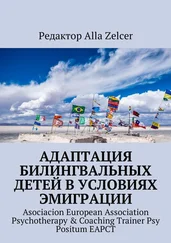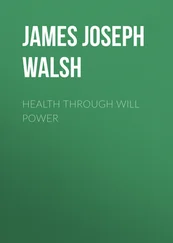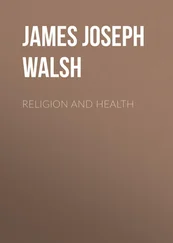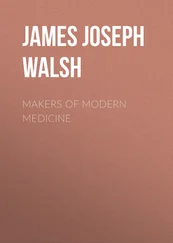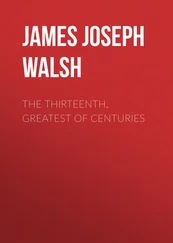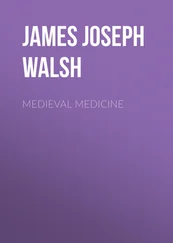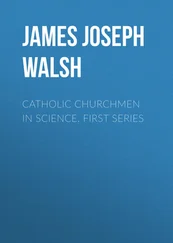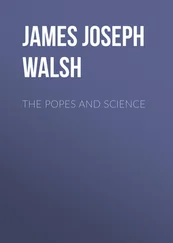James Walsh - Psychotherapy
Здесь есть возможность читать онлайн «James Walsh - Psychotherapy» — ознакомительный отрывок электронной книги совершенно бесплатно, а после прочтения отрывка купить полную версию. В некоторых случаях можно слушать аудио, скачать через торрент в формате fb2 и присутствует краткое содержание. Жанр: foreign_prose, psy_theraphy, foreign_edu, foreign_antique, на английском языке. Описание произведения, (предисловие) а так же отзывы посетителей доступны на портале библиотеки ЛибКат.
- Название:Psychotherapy
- Автор:
- Жанр:
- Год:неизвестен
- ISBN:нет данных
- Рейтинг книги:4 / 5. Голосов: 1
-
Избранное:Добавить в избранное
- Отзывы:
-
Ваша оценка:
- 80
- 1
- 2
- 3
- 4
- 5
Psychotherapy: краткое содержание, описание и аннотация
Предлагаем к чтению аннотацию, описание, краткое содержание или предисловие (зависит от того, что написал сам автор книги «Psychotherapy»). Если вы не нашли необходимую информацию о книге — напишите в комментариях, мы постараемся отыскать её.
Psychotherapy — читать онлайн ознакомительный отрывок
Ниже представлен текст книги, разбитый по страницам. Система сохранения места последней прочитанной страницы, позволяет с удобством читать онлайн бесплатно книгу «Psychotherapy», без необходимости каждый раз заново искать на чём Вы остановились. Поставьте закладку, и сможете в любой момент перейти на страницу, на которой закончили чтение.
Интервал:
Закладка:
We might think that it is quite impossible for any such a deception as this supposed renewal of youth to be practiced in our more enlightened day when popular education is so widely diffused. We must not forget, however, that the newspapers bring us evidence every month of some old person who is quite sure that something that was being done for him was, if not renewing his youth, at least giving him back much of his pristine vigor, healing his aches and pains, and enabling him to take up his work once more. In treating the ravages of old age, which would seem to be altogether beyond any influence of psychotherapy, some of the most striking results are obtained. New therapeutic methods for the old come into vogue every year. As they grow older, people become discouraged and so do not exert even the natural energy that they have for the maintenance of health and the keeping up of strength. Their discouragement keeps them from exercising enough, and this decreases appetite and sleep, and as a consequence there are many disturbances of function. All of this disappears as soon as they feel encouraged. Brown Sequard and his extract of testicular tissues is a typical example of how strong suggestion may influence the old and make them think that they are renewing their vigor and strength, and even their youth.
Perkins, Prince of Quacks.—Shortly after Cagliostro an American succeeded in using a very simple idea to gain world fame and at the same time to make an immense amount of money. He was a Connecticut Yankee with the typical name, Elisha Perkins. Dr. Perkins must have been born under a lucky star; at least he lived in fortunate circumstances for his purposes. Galvani's discovery of the twitchings that occur in the frog's legs when a nerve-muscle preparation or its equivalent was touched by metals in contact, had aroused world-wide discussion as to the place of electricity and magnetism in biology. Volta's brilliant experiments, which led to the invention of the Voltaic Pile, still further increased men's interest in this subject. It was then that Dr. Perkins came to exploit these electrical and magnetic ideas in medicine by means of a very simple invention. It was indeed the simplicity of his apparatus that made its appeal even more wide than would otherwise have been the case, and, be it said, left a larger measure of profit for the inventor.
Oliver Wendell Holmes in his "Medical Essays" 4 4 Houghton, Mifflin Co., Boston.
has told the story of what may be called the rise and fall of tractoration. Any physician who wants to appreciate the real significance of cured cases should read Holmes' essay. We quote:
Dr. Elisha Perkins was born at Norwich, Connecticut, in the year 1740. He had practiced his profession with a good local reputation for many years, when he fell upon a course of experiments, as it is related, which led to his great discovery. He conceived the idea that metallic substances might have the effect of removing diseases, if applied in a certain manner; a notion probably suggested by the then recent experiments of Galvani, in which muscular contractions were found to be produced by the contact of two metals with the living fiber. It was in 1796 that Perkins' discovery was promulgated in the shape of the Metallic Tractors, two pieces of metal, one apparently iron and the other brass, about three inches long, blunt at one end and pointed at the other. These instruments were applied for the cure of different complaints, such as rheumatism, local pains, inflammations, and even tumors, by drawing them over the affected parts very lightly for about twenty minutes. Dr. Perkins took out a patent for his discovery, and traveled about the country to diffuse the new practice.
Just what the tractors were composed of may be found in the description of them filed with an application for a patent in the Rolls Chapel Office in London. They were not simply two different metals, but a combination of many metals, with even a little of the precious metals in them, partly because of the appeal that this would make to the multitude, as chloride of gold did to our own generation, but doubtless mainly because the claim of precious metals entering into the composition enabled the inventor to sell his tractors at a better price.
Dr. Holmes continues:
Perkins soon found numerous advocates of his discovery, many of them of high standing and influence. In 1798 the tractors had crossed the Atlantic, and were publicly employed in the Royal Hospital at Copenhagen. About the same time the son of the inventor, Mr. Benjamin Douglass Perkins, carried them to London where they soon attracted attention. The Danish physicians published an account of their cases in a respectable octavo volume, containing numerous instances of alleged success. In 1804 an establishment, honored with the name of the Perkinean Institution, was founded in London. The transactions of this institution were published in pamphlets, the Perkinean Society had public dinners at the Crown and Anchor, and a poet celebrated their medical triumphs. 5 5 "See pointed metals, blest with power t' appease The ruthless rage of merciless disease, O'er the frail part a subtle fluid pour, Drenched with the invisible galvanic shower, Till the arthritic staff and crutch forego And leap exulting like the bounding roe!"
Miss Watterson 6 6 "Mesmer and Perkins's Tractors," International Clinics , Vol. III, Series 19. 1909.
tells how he attracted attention. Like all successful quacks, he had an inborn genius for advertising.
He lived in the house once occupied by John Hunter [how characteristic this is—the first quack we mentioned in this chapter, took up his work in Galen's front yard], and in 1804 the Perkinean Institute was opened, but by the end of 1802, 5,000 cases had already been treated. Lord Rivers was president. Sir William Barker, Vice-President [Prominent legislators, lawyers, bankers always lend their names.] Twenty-one physicians, nineteen surgeons, and the leading veterinaries succumbed to the influence of the magic tractors. One "eminent physician" who had had 30 guineas from a country patient and had done him no good was very angry when the sick man took to Perkinism.
"Why, I could have cured you in the same way with my old brick-bat or tobacco pipe, or even my fingers."
"Then why, sir," answered the patient in a stern voice (Perkins quotes this), "did you dishonorably pick my pocket when you had the means of restoring me to health?"
In some 176 pages young Perkins gives us the pick of 2,000 cases who had, of course, been foolish enough at first to put faith in the ordinary physician and his drugs.
In Bath, particularly, where aristocratic London went, as they do to-day, to repair the damage wrought by a season in town, the Tractor Cure was the talk of the place. But an enemy dwelt there, a Dr. Haygarth, an unbeliever. He, with a certain Dr. Falconer, fabricated a pair of false tractors. Five cases of gout and rheumatism were operated on by the conspirators, who discussed in a light tone the wonders of magnetism as they described circles, squares and triangles with the sham tractors. "We were almost afraid to look each other in the face lest an involuntary smile should remove the mask from our faces," says Haygarth, but the two assistant doctors, unaware of what was being done, were almost converted to Perkinism when they saw the five patients slowly mending under the treatment. One man experienced such burning pain that he begged to wait till the next day. 7 7 Compare the first effects of the Leyden Jar, related in the chapter on Pseudo-Science.
So rapid, and so many were the hospital cures wrought by these two doctors, that patients crowded to them and they could hardly spare five minutes to eat. They amused themselves inventing other instruments made of common nails and sealing wax, and effected with them cures, while they sent a pair of false tractors to Sir William Watson in London and Dr. Moncriffe in Bristol, who operated with them with wonderful results.
Читать дальшеИнтервал:
Закладка:
Похожие книги на «Psychotherapy»
Представляем Вашему вниманию похожие книги на «Psychotherapy» списком для выбора. Мы отобрали схожую по названию и смыслу литературу в надежде предоставить читателям больше вариантов отыскать новые, интересные, ещё непрочитанные произведения.
Обсуждение, отзывы о книге «Psychotherapy» и просто собственные мнения читателей. Оставьте ваши комментарии, напишите, что Вы думаете о произведении, его смысле или главных героях. Укажите что конкретно понравилось, а что нет, и почему Вы так считаете.

